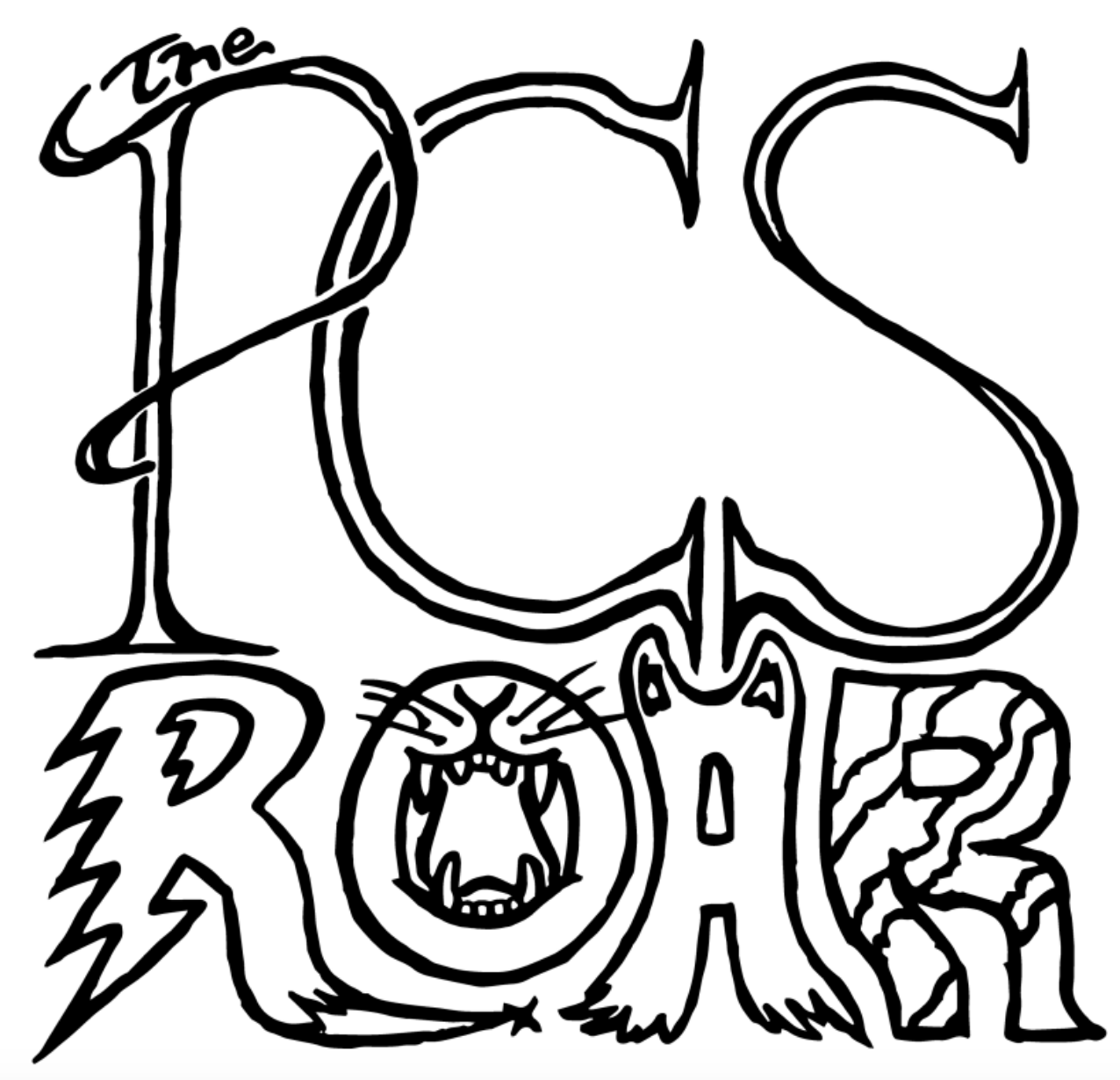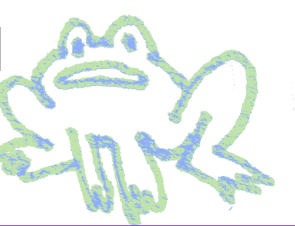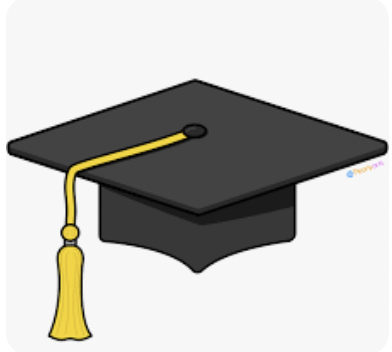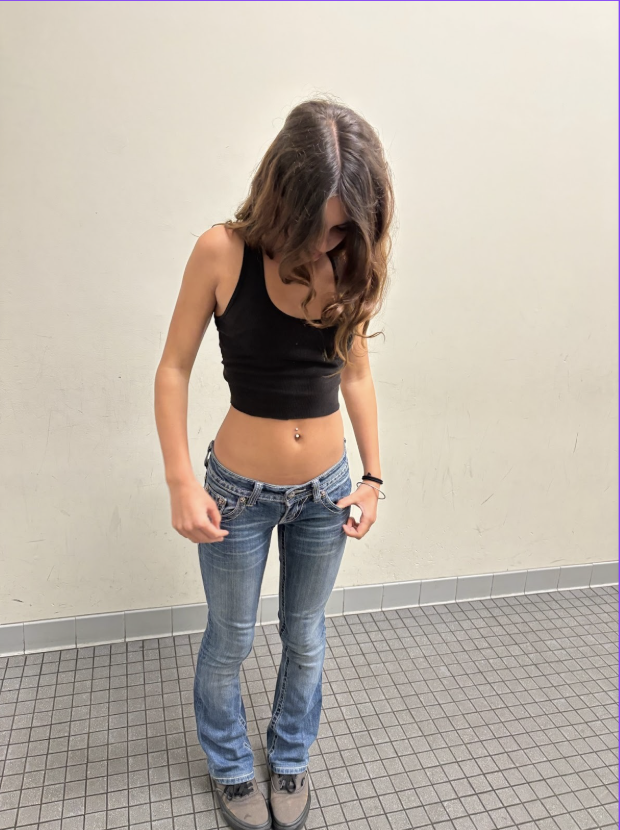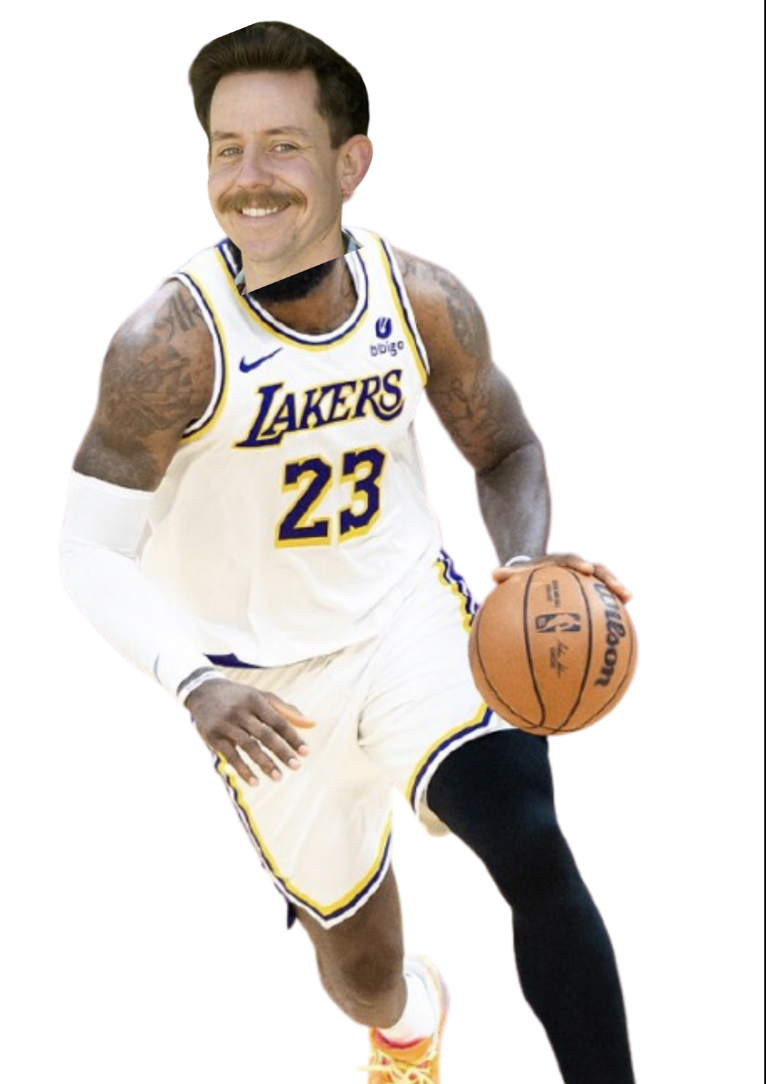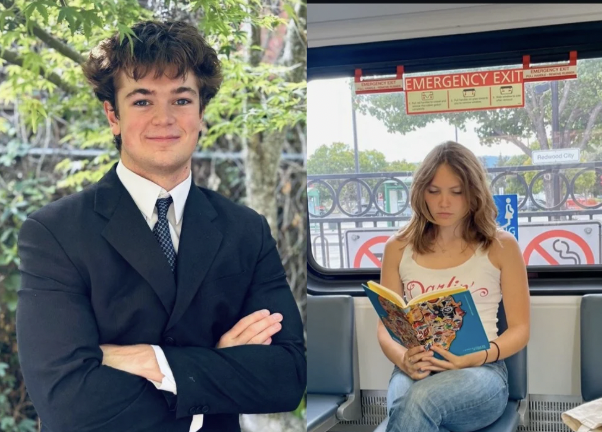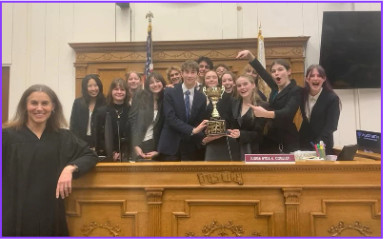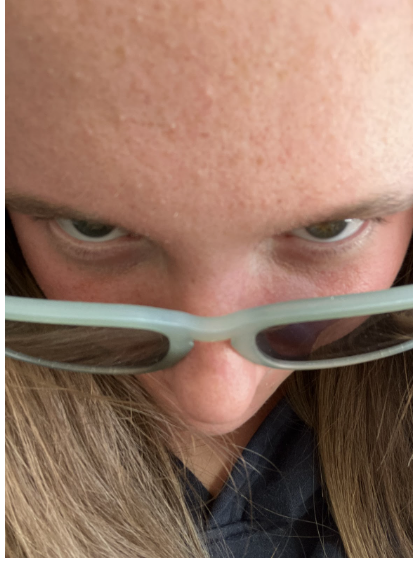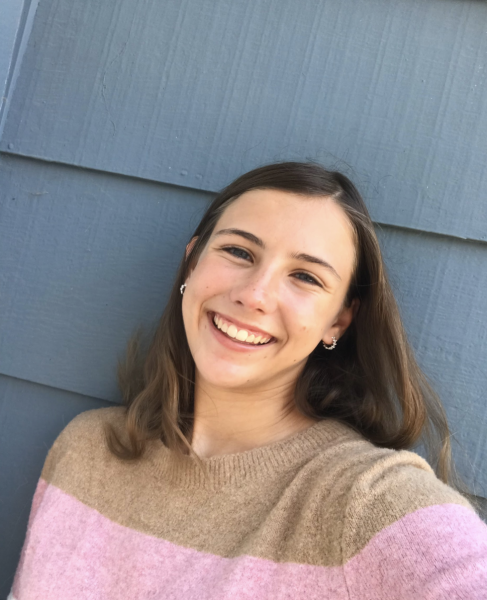
It is nearing the end of the school year, and that means we are nearing the culmination of Capstone projects. These are the projects that students in 11th and 12th grade have been working hard on all year. After many hours and long nights, their final products are a testament to their creativity, dedication, and growth. Thankfully, a couple of these busy students made time for an interview with us so we can highlight their amazing projects. Needless to say we can’t wait for the Capstone showcases in May!
Marlene Burgess (12th grade):
For her Capstone Marlene is constructing a patchwork pride flag and researching the connections between textiles and activism. Her inspiration for this project was her love of textiles and her interest in the field. Her favorite thing about this project has all of the things she’s learned during the research progress. One challenge she faced during this project was that she couldn’t complete her project with only recycled materials because she ran out. She suggests future Capstone students to choose something they are passionate about because the class is very self driven and relies on your commitment.
Grace Nicely (11th grade):
Grace’s project centers around aerial circus photography. She’s looked into how its history has changed and developed while analyzing photos from different eras. Her passion is aerial circus photography, which is what her project centers around. Taking the photos was a highlight of the process itself; however, editing photos was challenging, but a great learning opportunity. Her advice to future students doing a capstone project is to think through the entire project before starting, and know the end goal and the steps to get there. Overall, the Capstone project is a fun course credit for her, and she would definitely recommend it to anyone interested in taking it.
Vivie Zenack (11th grade):
For her Capstone Vivie is exploring the potential for activated carbon (charcoal) to absorb carbon dioxide and looking at what could increase the ability of charcoal in capturing carbon dioxide. Her inspiration came when she visited a UCSC lab with the intention of learning about nano-material – her original Capstone plan- but instead she found something else entirely. While in the lab she learned about their research using charcoal to capture methane and began to wonder about its properties in relation to carbon dioxide. Her favorite part of her project was making a crucible (container) to hold the charcoal in the kiln. Throughout her project she has struggled with feasibility as research takes a lot of time especially since she joined in November. She would like to remind all readers that if you are heating something to 1200 degrees use something more substantial than popcorn for your carbonic matter.
Olivia Tinkey (12th grade):
For her Capstone project Olivia will be storyboarding an installment of a graphic novel. She has wanted to start this project for many years, and by making it her Capstone she was able to turn it into a reality. Her favorite part of the project has been actually getting to create and pursue her goal. Her main challenge has been the physical limits associated with drawing for many hours (she thinks she might have given herself a carpal tunnel, but we aren’t talking about it). Her recommendation for future students is to know your limits but don’t be afraid to push them.
Hazel Campbell (11th grade):
Hazel’s project explores the effect of kelp forests on ocean waves, and whether kelp forests can slow waves and prevent cliff erosion. Her project was inspired by the crumbling of cliffs, as she wondered whether there is another solution besides retaining walls to prevent erosion. For Hazel, the reflection was her favorite part of the project, and it was fun to look back on the good memories from the project. Her project had a lot of confounding variables (variables other than the independent and dependent ones that can influence data), which made it challenging to get more accurate data. Her advice to future students for capstone projects is to try to complete most of the work by February, so you have plenty of time to start writing it up.
